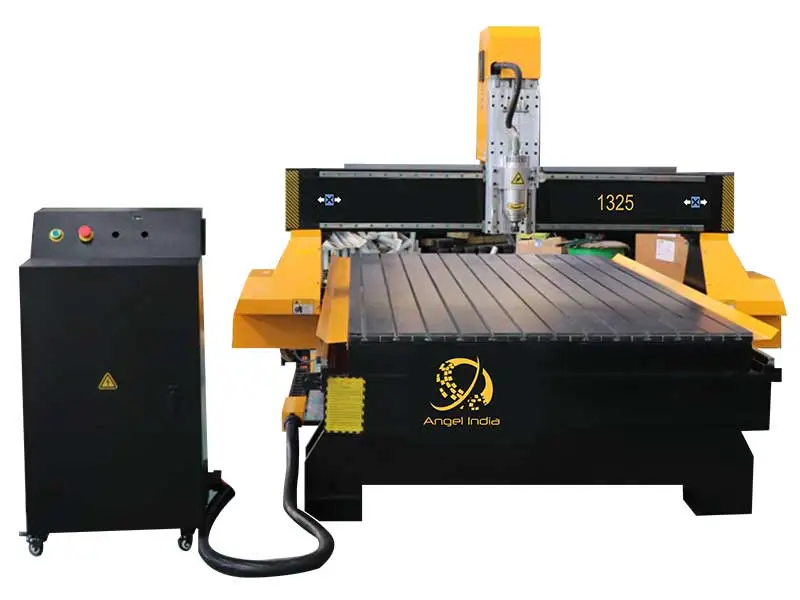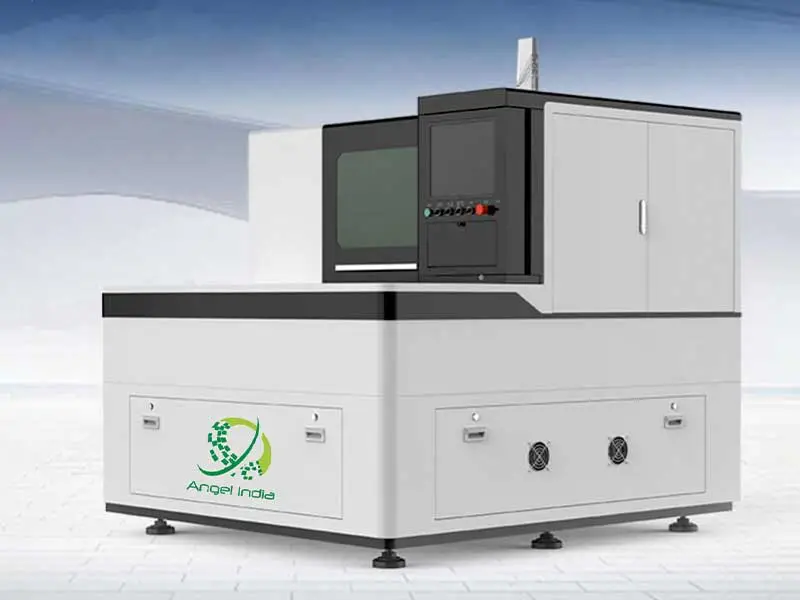What materials can be marked with CO2 laser marking machines?
CO2 laser marking machines can mark a variety of non-metallic materials, including wood, acrylic, glass, leather, paper, and certain plastics. They are particularly effective on organic materials due to the infrared wavelength of the CO2 laser.
How does the CO2 laser marking process work?
The CO2 laser emits a high-intensity beam that is directed onto the material's surface. The laser beam alters the surface properties to create high-contrast marks, which can include text, logos, barcodes, and other designs. The process is controlled by software that translates digital designs into precise movements of the laser beam.
What are the advantages of using CO2 laser marking machines over traditional marking methods?
CO2 laser marking machines offer several advantages over traditional marking methods, including higher precision, non-contact processing, faster marking speeds, and the ability to mark a wide variety of materials. They produce permanent and high-contrast marks that are resistant to wear and environmental conditions.
Are CO2 laser marking machines suitable for mass production?
Yes, CO2 laser marking machines are ideal for mass production due to their high-speed marking capabilities and consistent performance. They can handle large volumes of work with minimal downtime, making them suitable for industries with high production demands.
What kind of maintenance is required for CO2 laser marking machines?
CO2 laser marking machines require minimal maintenance. Regular cleaning of the laser lens and mirrors, along with periodic checks of the cooling system and laser tube, ensures optimal performance. The non-contact nature of laser marking reduces wear and tear, further minimizing maintenance needs.


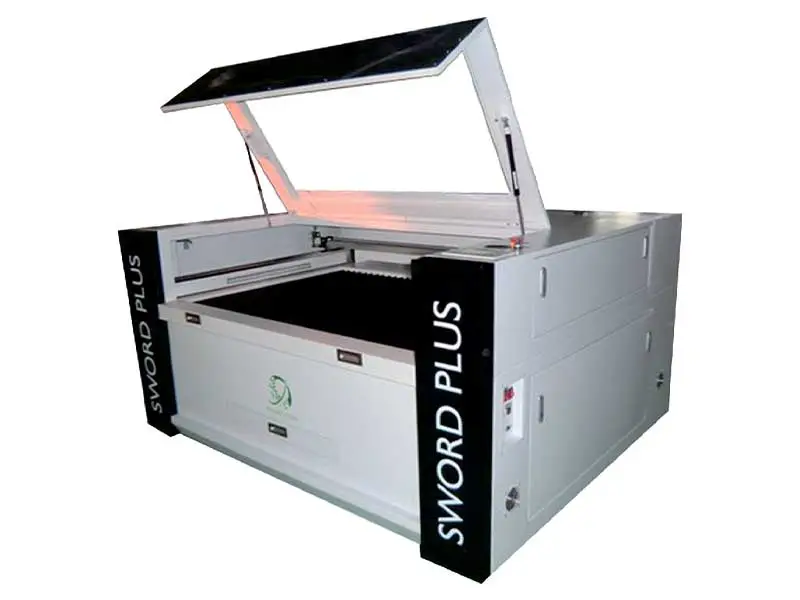



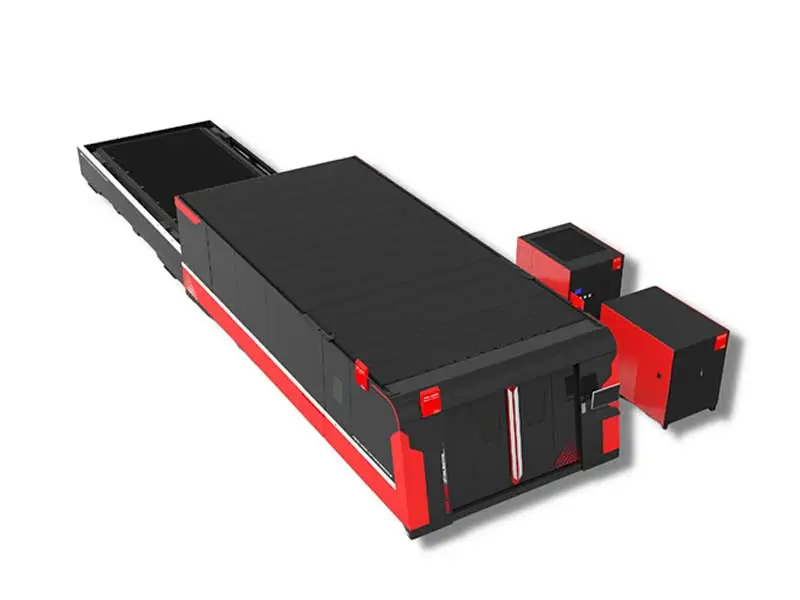

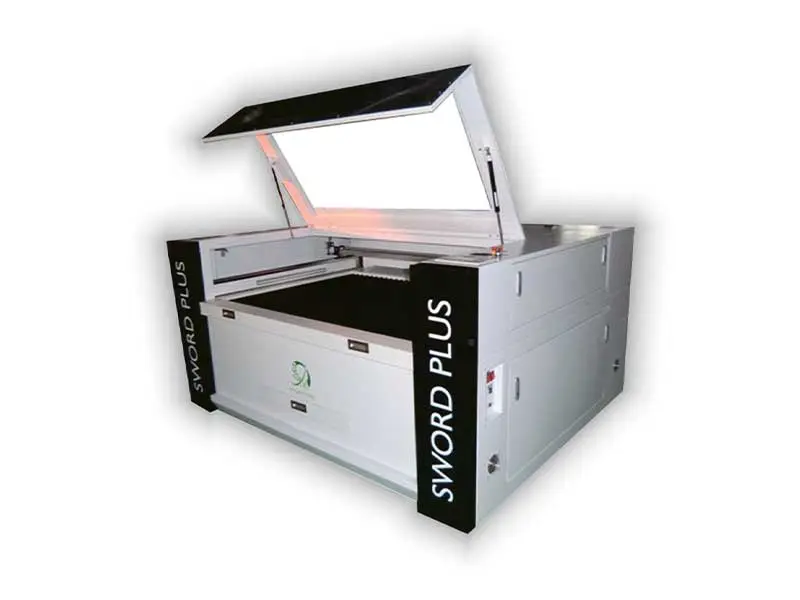
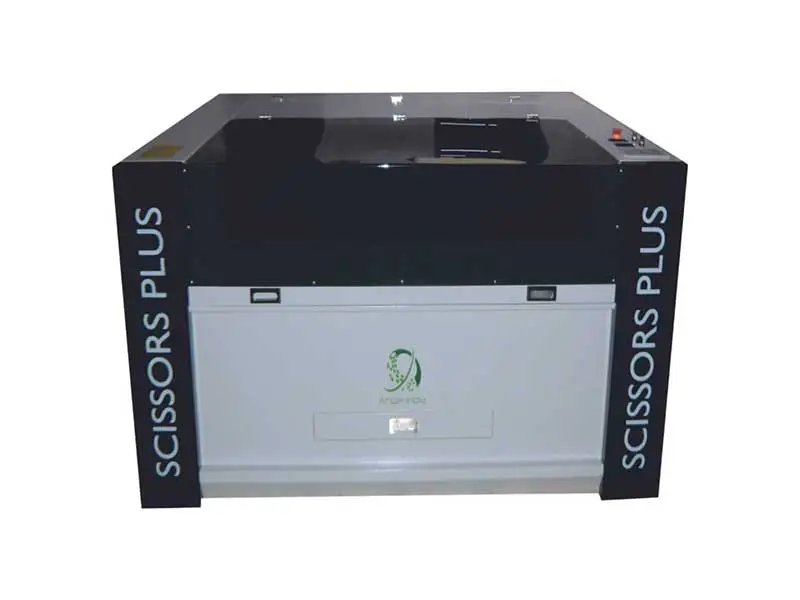
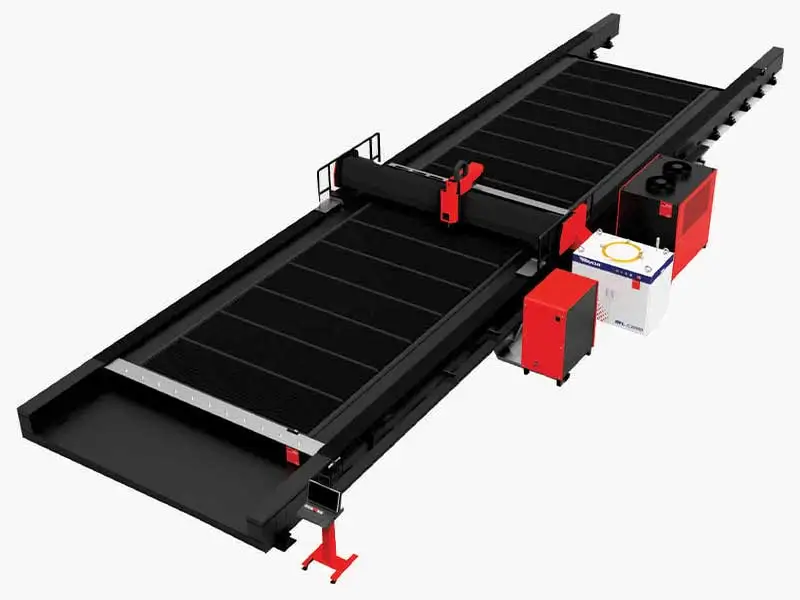
.webp)
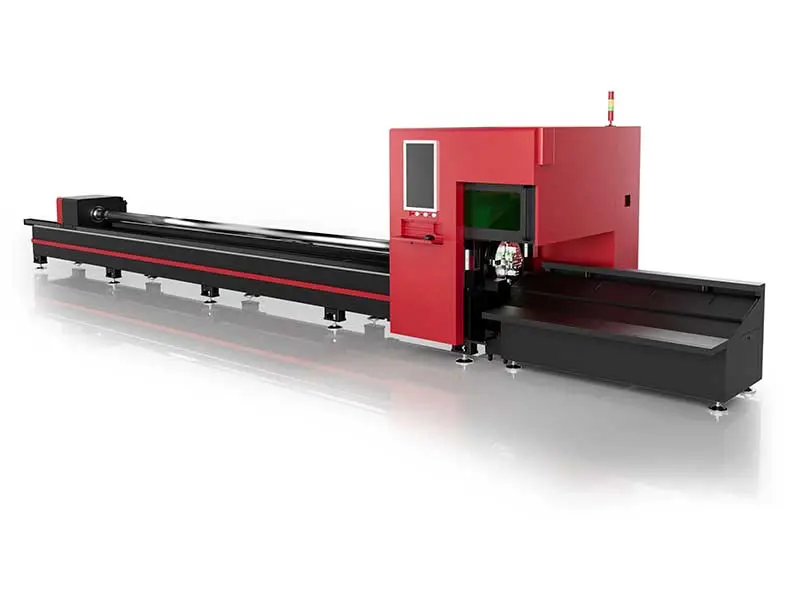
.webp)
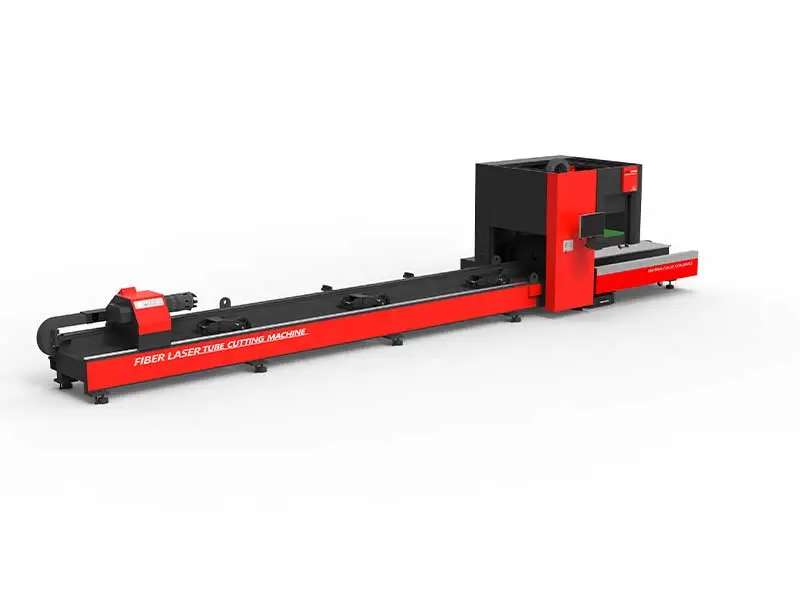
.webp)
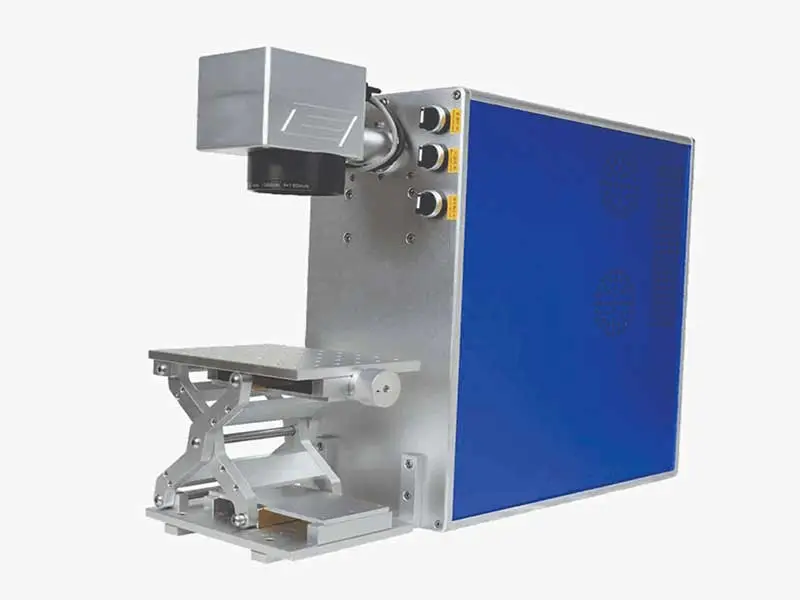
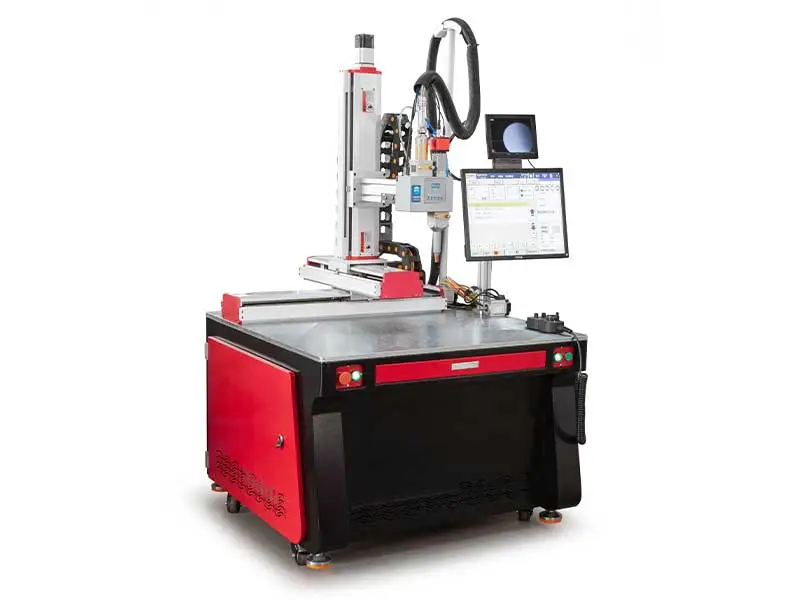
.webp)

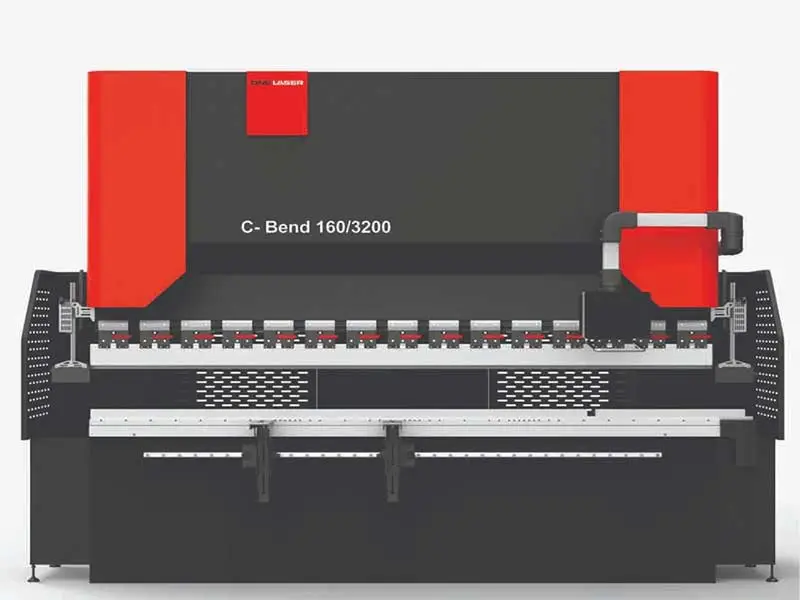


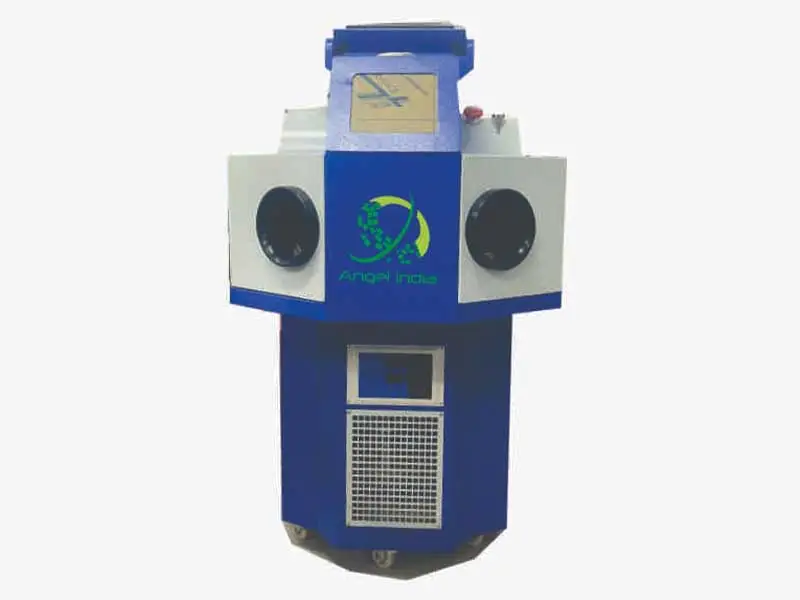

.webp)
